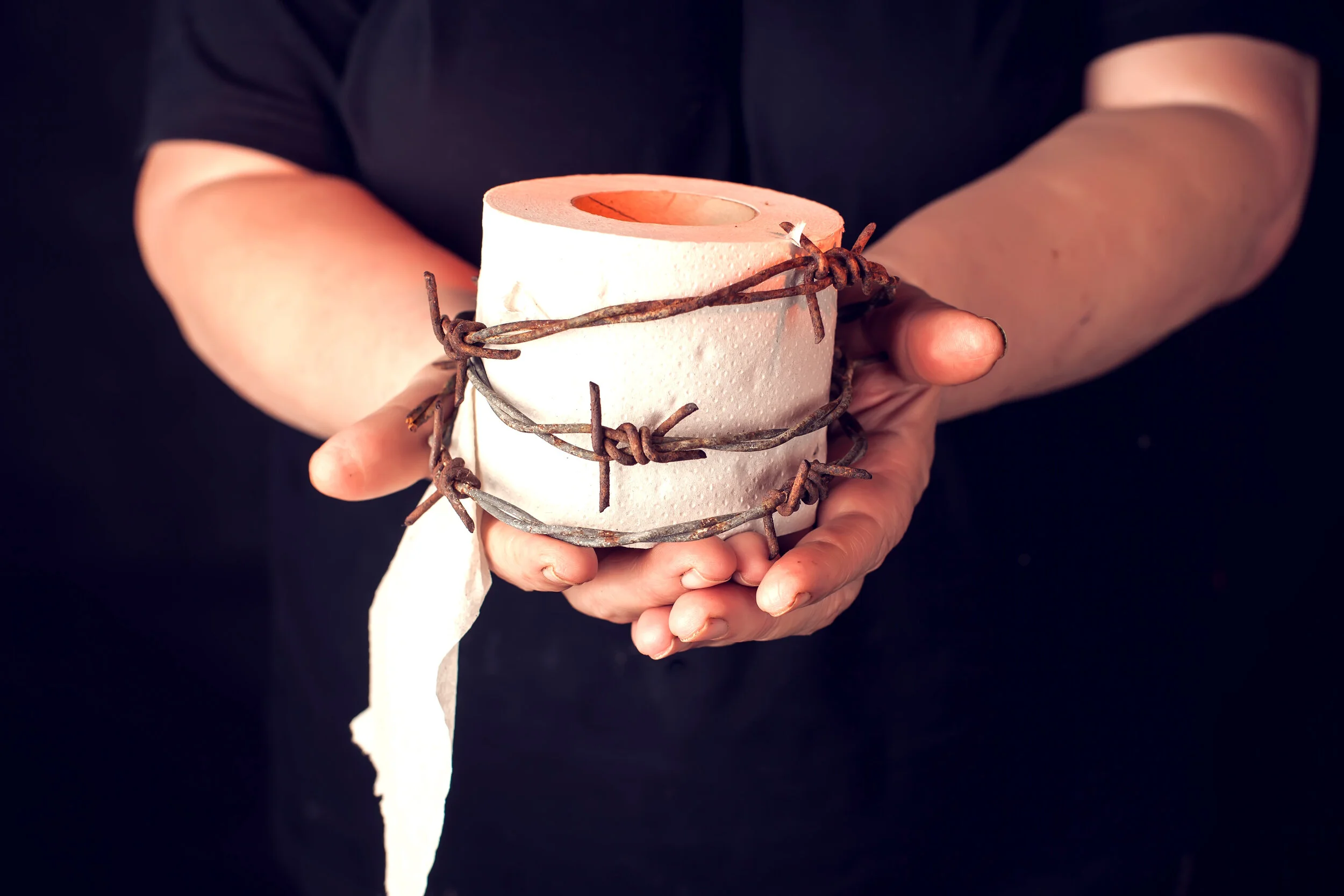Anal Fissure
What is an anal fissure?
An anal fissure is a tear in the lining of the anal canal. When the split fails to heal on it’s own accord it forms a painful ulcer.
What are the symptoms of an anal fissure?
PAIN. PAIN. PAIN. Fissures are usually very painful. The pain comes on after a bowel action and then can persist for many hours afterwards. Fissures can often cause bleeding, which is typically spotting of bright red blood on the toilet paper or dripping after a bowel action.
A swollen skin tag or anal polyp can also form as a consequence of the fissure. A fistula (tract under the skin) can occasionally develop.
Why does a fissure occur?
For the most part we blame passage of a hard stool with subsequent tearing as the cause for a fissure. However that is not always the case, diarrhoea can also cause a fissure. Fissures are also commonly seen after a difficult labour. Other causes can include Crohn’s disease and very rarely cancer.
It is postulated that the reason for a fissure not healing is a cycle of pain —> sphincter spasm —> poor blood supply —> poor healing —>pain and so on. All the treatments are designed to break this cycle and stop the sphincter muscle spasm.
What are the treatment options for a fissure?
Conservative measures
Firstly avoid constipation. Simple measures are increased water and fibre in the diet. Fibre supplements such as Metamucil® may help and can be bought from a supermarket without a prescription. If constipation is a problem you may need to temporarily take laxatives.
Topical Treatments
There are two creams which are typically used for fissures, both of equal effectiveness. They are designed to relax the sphincter muscle. Rectogesic® is readily available from all pharmacies and is often prescribed first though a common side effect is headaches. An alternative is Diltiazem 2% cream though this needs to produced at a compounding pharmacy.
Botox injection
Botox® injection results in a temporary relaxation of the sphincter muscle that last for 2-3 months. It is hoped that by the time the Botox® wears off the fissure has healed. Long term side effects of Botox® are rare though some may experience transient impairment of continence. Success rate for Botox® is 70-80%. It can be repeated if necessary.
Sphincterotomy
This remains the “gold standard” treatment for an anal fissure. It involves cutting a short section of the sphincter muscle on one side and relieving the spasm. Success rate is approximately 95%. Long term alteration in continence (involuntary passage of wind or faeces) is uncommon though is a higher risk than with Botox® injection.
Cutaneous advancement flap
This is a rarely needed operation for treatment of persistent fissures when all other measures have failed. It involves freeing up skin from the edge of the anus and suturing it over the fissure.

